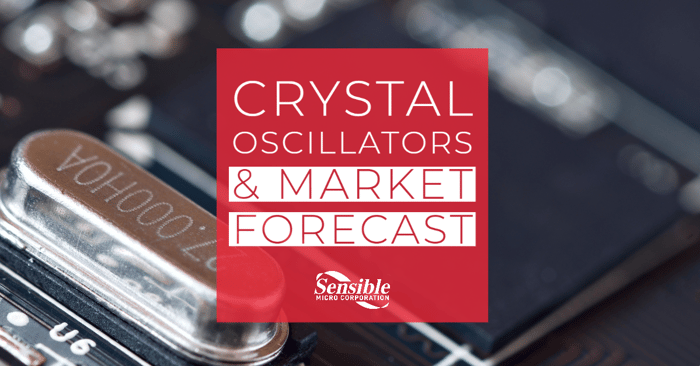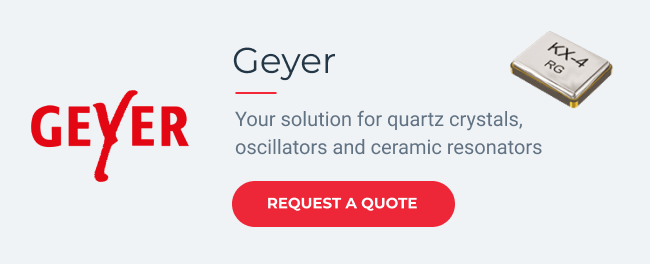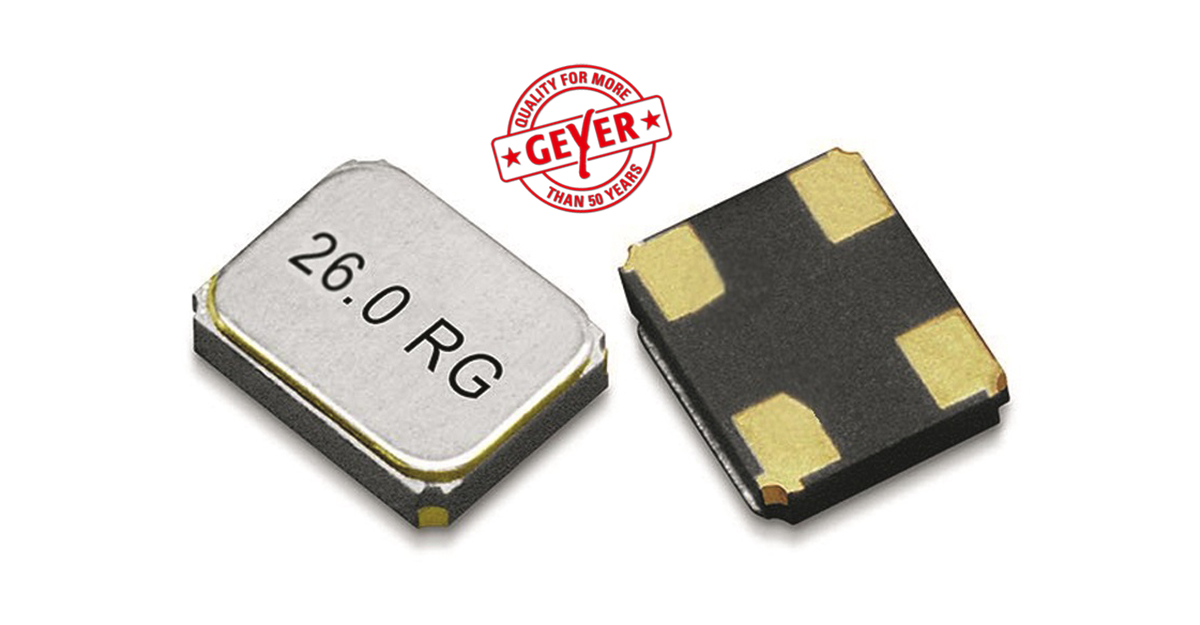In the electronics industry, frequency control products are essential and crystals oscillators are among the most used parts. In this post, we highlight current market forecasts and cover some basics of frequency control solutions.
Market Forecast:
The global crystal oscillator market has been steadily growing since 2016. The market is expected to reach $3.2B USD and the compounded annual growth rate (CAGR) is estimated to hit 5.8% by 2022. This projected growth has been influenced by a variety of factors, especially areas of applications. In recent years, the use cases for crystal oscillators have broadened notably. For instance, the demand for these oscillators in the telecommunication and automotive industries has increased since the mid-2000s. In 2015, Asia-Pacific held approximately 40% share of the market and is expected to remain the fastest-growing market and hold that market share throughout the forecast period. When it comes to crystal oscillators, the two most common options are surface mount and thru-hole. Surface mount crystal oscillators generated high revenue in 2015 and will most likely stay in the lead through 2022. Similarly, out of all the types of crystal oscillators, temperature compensated crystal oscillators generated the highest revenue in 2015 and are expected to continue to be profitable.
About Crystal Oscillators:
In electronics, crystals are used for frequency control. Crystals are usually cut from quartz and resonate at a set frequency when powered. A popular alternative to quartz crystals is ceramic resonators. Ceramic resonators are smaller in size and lower in cost, coming in similar surface-mount and through-hole varieties. An oscillator is a circuit that produces a continuous waveform without any input needed and is a popular way to generate a specific frequency of a signal. The different types of oscillators are classified into two main categories; harmonic, sometimes referred to as linear, and relaxation. In a harmonic oscillator, energy flows from active to passive components with the frequency being decided by the feedback path. In a relaxation oscillator, energy is exchanged between the active and passive components with the frequency determined by the charging and discharging time-constants.
Together, crystal oscillators are commonly used in frequency devices and are one of the main types of oscillators. Crystal oscillators operate on what is called the piezoelectric effect, in which alternating voltage applied to the crystals’ surfaces causes vibrations at a given frequency and the vibrations get converted into oscillations. These oscillators are small in size, cost-effective and the crystals are usually made of either quartz, tourmaline or Rachelle salt.
Industries:
Some industries that often use crystal oscillators include, but are not limited to:
- Computing
- Automotive
- Industrial
- Medical
- Telecommunications
- Defense
- Consumer Tech.
- Consumer
- option
- Consumer
Applications:
Independently, crystals and oscillators are used in a variety of applications. Together, crystal oscillators are commonly used in a wide range of devices and systems, such as…
- Cable television, radio & communication systems
- Microprocessors and controllers
- Medical devices
- Computers & modems
- Sensors
- Disk drives
- Global Positioning Systems (GPS)
- Video cameras & games
- Consumer tech. & cellphones
Geyer Electronic & Sourcing:
Sensible Micro is proud to be an authorized supplier for Geyer Electronic, a leading manufacturer of quartz crystals, oscillators, and ceramic resonators. With creativity and safety in mind, all Geyer products are field-tested throughout a number of verticals within the electronics industry. Geyer frequency control products are cost-competitive, reliable, and high quality.
As an authorized distributor for Geyer Electronic, Sensible Micro can supply Geyer products with shorter delivery times and quicker turnarounds. Schedule a call with one of our sourcing experts today to discuss any of your frequency control needs!
Stay on top of the latest developments in the industry and in our community by subscribing to the Sensible Micro blog today!



















